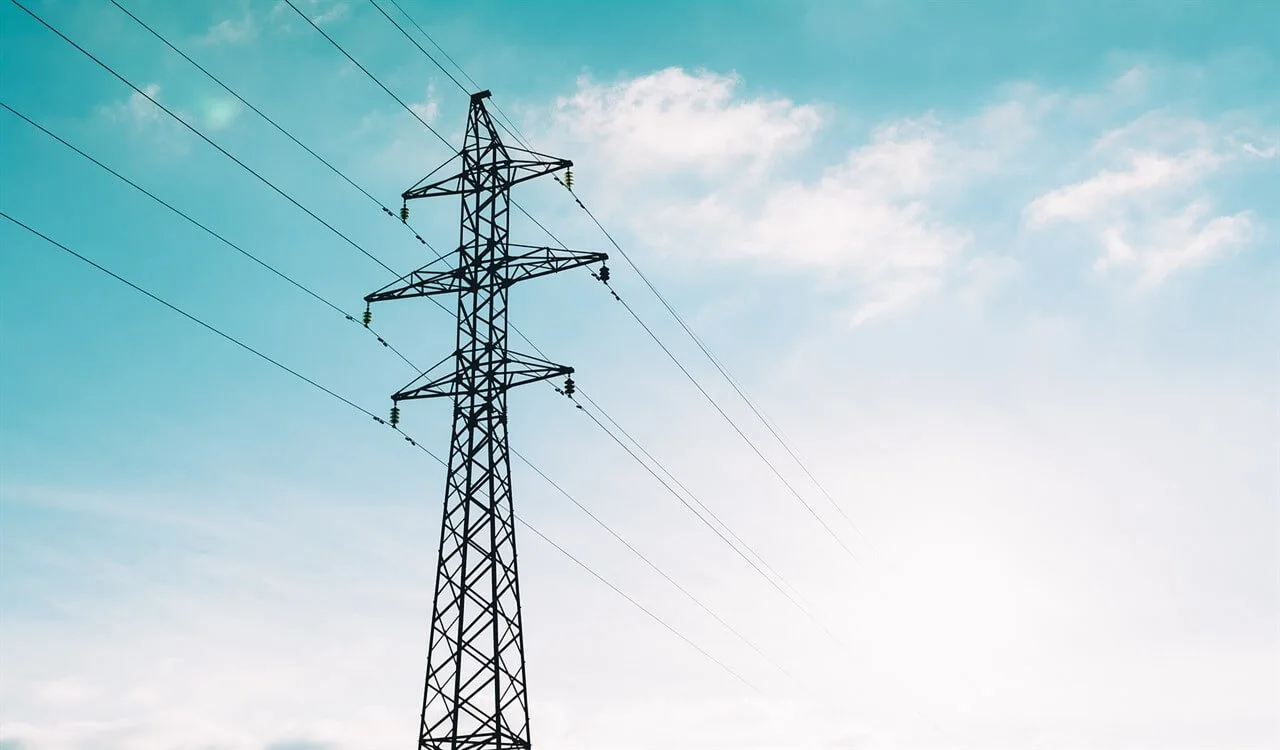Ecuador’s energy crisis, resulting in blackouts, prompted President Guillermo Lasso to meet with Colombia’s President Gustavo Petro for solutions.
After the meeting, Lasso announced good news on social media. Colombia will send 450 megawatts of electricity to Ecuador.
This is the most the connecting line between the two countries can handle.
Lasso also said they’ll talk about how to pay for the energy. Payments could be in the form of energy or oil.
He thanked President Petro but didn’t say when the energy would arrive. After returning home, Lasso will meet with business leaders in Quito and Guayaquil.
These people own private power plants. They can add about 100 megawatts to Ecuador’s power grid.
People in Ecuador have had blackouts lasting up to four hours. The reason is a severe drought, mainly in the Amazon area.

This region has 90% of Ecuador’s power plants. Also, people are using 15% more electricity than before, says the government. This makes the crisis worse.
Public reaction to the blackouts is negative. Businesses worry about losing a lot of money. To manage this, Ecuador declared an emergency in the energy sector on October 18.
This speeds up plans to buy more energy. It also aims to cover a gap of around 400 megawatts in the country’s power supply.
Background
This energy deal is a pivotal moment for both Colombia and Ecuador. It signifies strong diplomatic ties and willingness to help in crises.
Colombia has a more stable energy infrastructure, which makes it a logical aid provider. This isn’t the first crisis Ecuador has faced.
The country has a history of energy instability due to natural factors like droughts.
The Amazon region is crucial for Ecuador’s power supply but is vulnerable to climate change.
The current crisis highlights the need for more diverse energy sources.
Renewable options like solar or wind could be future solutions, reducing dependence on water-based power plants.

